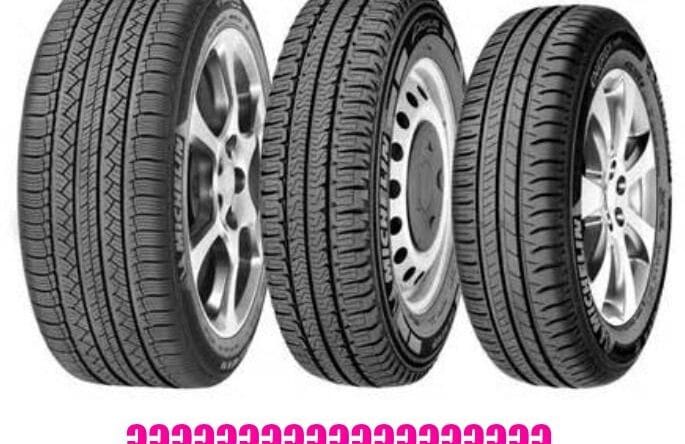What Does Your Tire Code Mean?

The mysteries of your tire, decoded.
Have you ever taken a close look at your tires? There are numbers and letters printed on the sidewall. It’s kind of like your shoe size, but more complicated. If you’re unaware of the details, it might appear to be a bunch of gibberish. Want to learn a new language? I’ll be your translator.
Here’s an example of what a tire code looks like:
P195/55R16 87S
Your tire’s online dating profile
If your tire were a person, the letter at the front would express her purpose in life. Put another way: the first letter tells you exactly what kind of vehicle a tire is compatible with.
“P” stands for passenger vehicle (cars, vans, SUV’s, and pickup trucks). “LT” is an abbreviation for “light truck.” “T” indicates it is a temporary spare that should only be used for a little while when you have a flat. “ST” means “Special Trailer Service.” These tires are made for boat, car, or utility trailers. No letters at the front? That’s probably a European metric tire (but I doubt you’ll see those in the US).
 How wide?
How wide?
P195/55R16 87S
There’s a three digit number that precedes a slash (/). This is a measurement of the tire’s section width in millimeters (mm). Section width measures the length of a tire’s sidewall at its widest point.
Aspect ratio
P195/55R16 87S
After the slash, there’s a two digit number called aspect ratio. This represents the tire’s height, but it isn’t a strict measurement like section width. The tire company divides height by width and prints the percentage.
The numbers for the tire above means it has a 55% aspect ratio; its height is 107.25 mm. Want to verify? Okay. Let’s do the math: 107.25 (height) / 195 (width) = 55% (aspect ratio). Looks right to me!
How was the tire made?
P195/55R16 87S
And we have another letter! It tells you how the tire was made. 98% of tires sold in the US will have an “R.” That stands for radial construction. There is one more possibility you should know.
“D” stands for diagonal construction, which is reserved for light truck and spare tires. There are a few more ways tires can be constructed, but it’s extremely unlikely you’ll run into them,.
Wheel diameter
P195/55R16 87S
Next, there is another two digit number to represent wheel diameter. This is simply the size of your wheel, measured side-to-side, in inches. A good mechanic will confirm that your tire and wheel diameters match before placing a new tire on your vehicle.
How much weight your tire can carry?
P195/55R16 87S
This number tells you the tire’s load index. The higher the load index, the more weight a tire can carry. 87 translates to 1,201 pounds. If you drive a small car, this isn’t a big deal. If you like to haul heavy stuff in your pick-up truck, it’s an important consideration.
Built for speed
P195/55R16 87S
The last letter is a tire’s speed rating. Let’s make this easy to remember. Family sedans and vans typically have a speed rating of S or T. Those tires are capable of traveling 112 and 118 mph. If you don’t want to get a speeding ticket, you probably shouldn’t do that (unless you’re driving in Europe on the Autobahn).
This is especially true for spare tires, which have a speed rating of M. They can’t travel more than 81 mph safely. Exotic sports cars come with tires that can go 186 mph. Vroom! Want to try out for Nascar?
There’s plenty more information about tires you “auto” know. Next month, I’ll tell you how to choose the best set of tires for your vehicle.
Have a question? Let me know in the comments.
